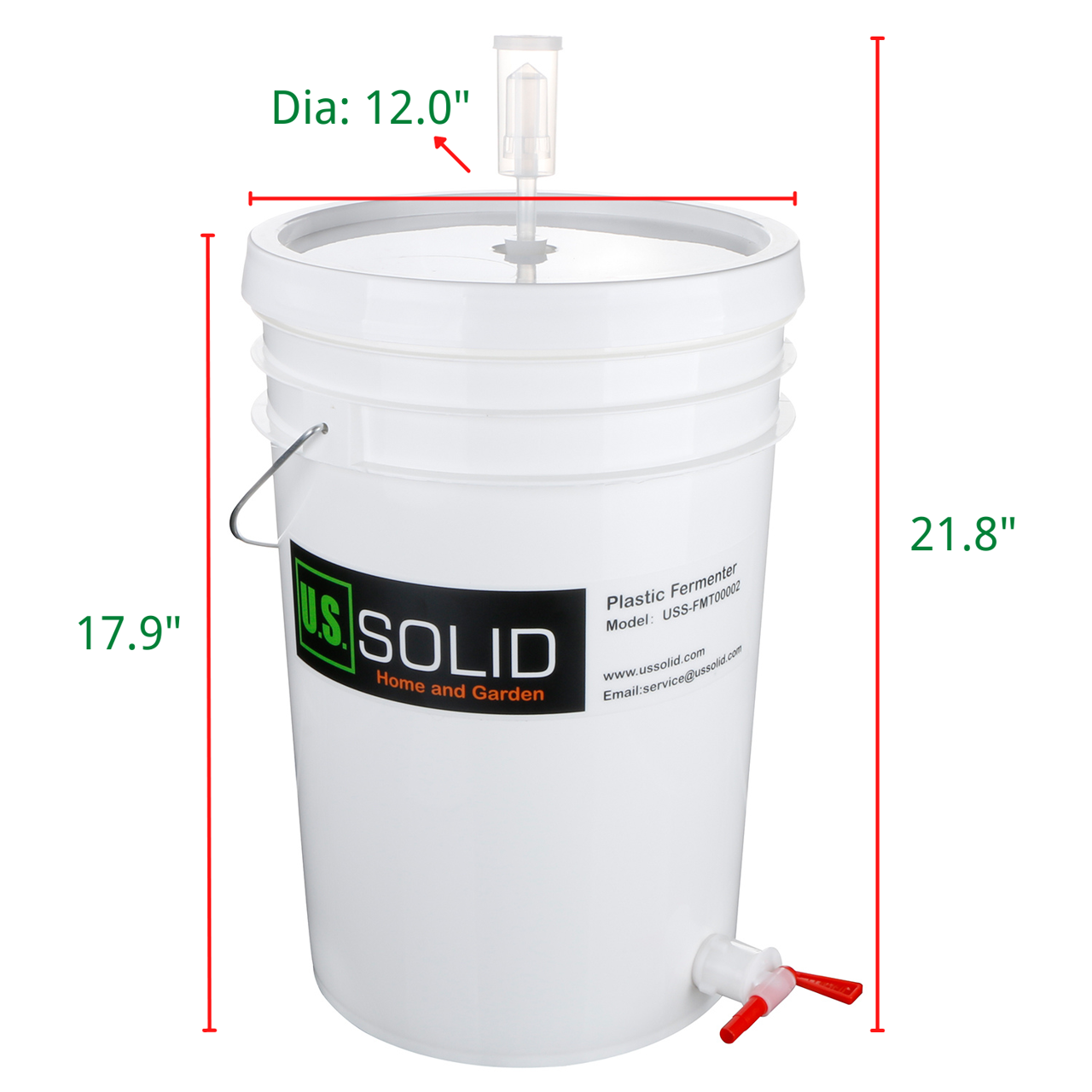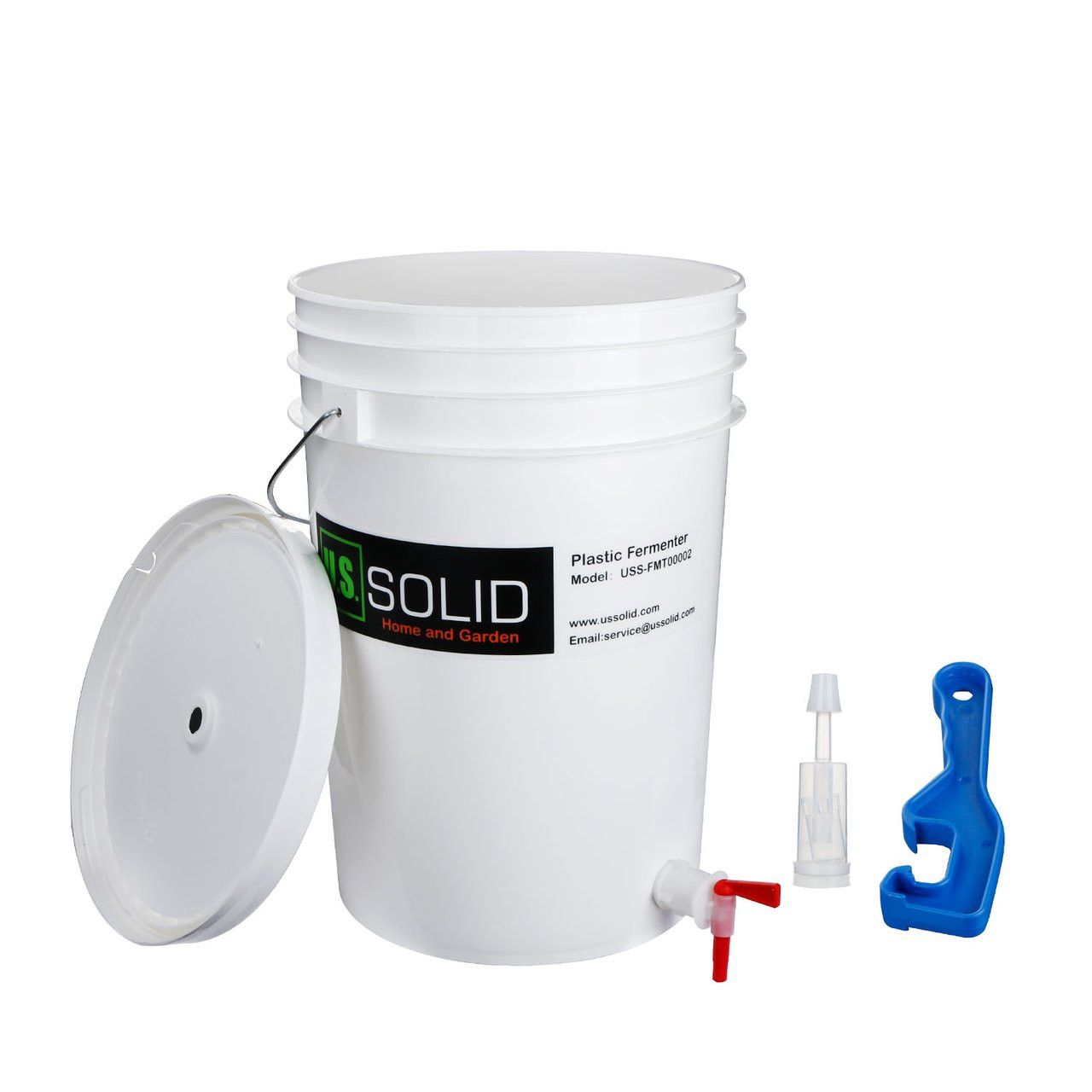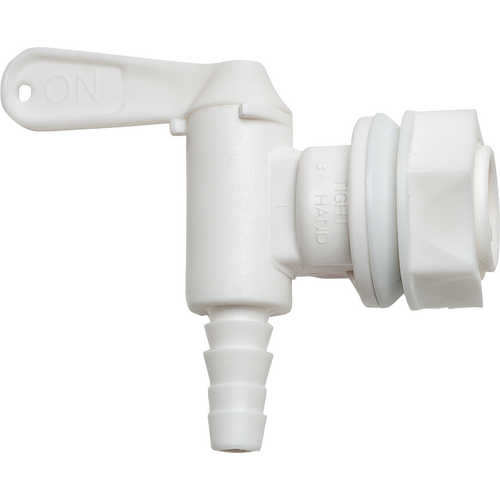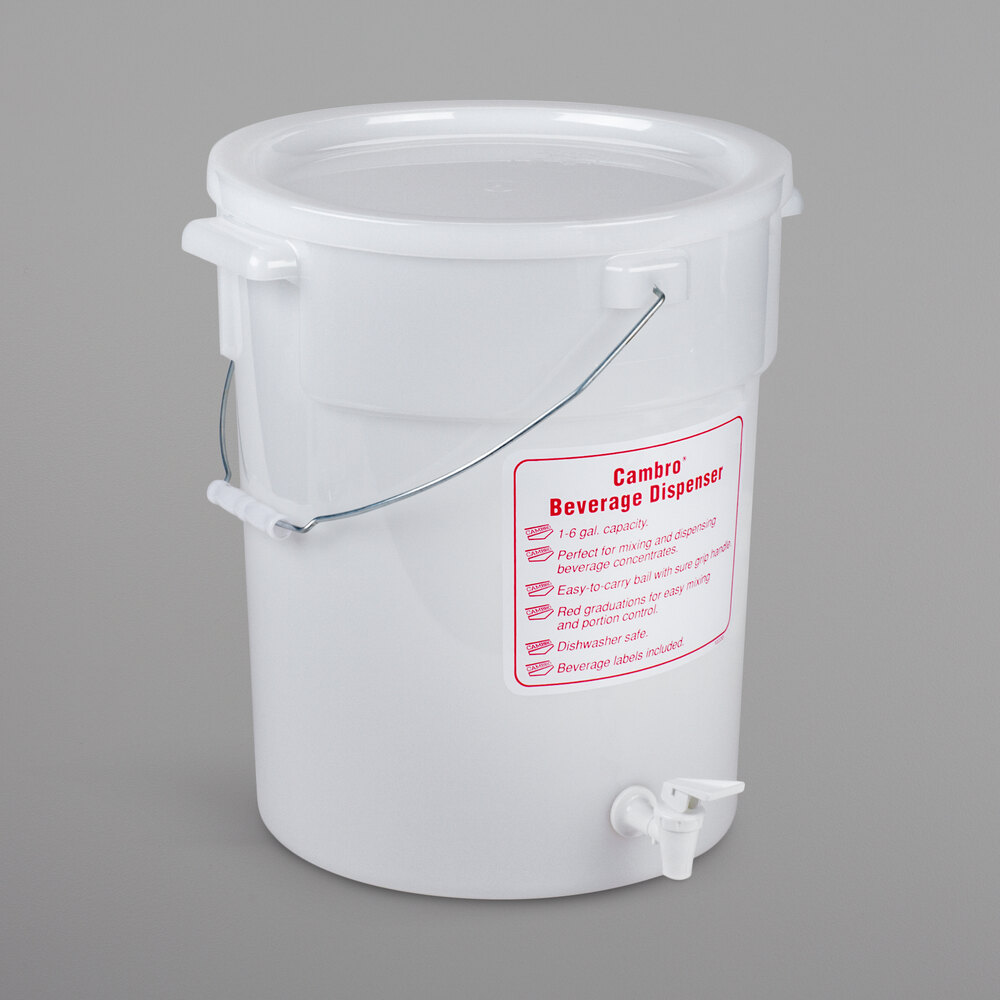
Amazon.com: FERRODAY 2 Pack Bottling Spigot for Bucket Homebrew Wine Making Beer Brew Barbed Outlet Faucet Premium Plastic Faucet Tap Easy to Use Faucet- 2 Pack Faucet: Home & Kitchen

Bottling and Fermenting Kit 6.5 U.S. Gallon (Bucket, Lid, Airlock, Spi — HomeBrewIt.com / Quality Wine and Ale Supply

Amazon.com: 2 PACK Plastic Bottling Bucket Spigot tap faucet for Homebrew Wine Making Beer: Home & Kitchen

Amazon.com: 3 Pack Bucket Spigot 5 Gallon Bucket Spigot Plastic Bottling Bucket Spigot Tap Faucet Plastic Spigot for 5 Gallon Bucket Homebrew Wine Making Beer Brewing Bottling Bucket Fermenter Bucket : Home & Kitchen

Amazon.com: 2 PACK Plastic Bottling Bucket Spigot tap faucet for Homebrew Wine Making Beer: Home & Kitchen

2-Pack Plastic Fermenter, Fermenting Bucket Homebrewing Fermentor with Spigot and 3-piece Airlock, 6.5 Gallon - U.S. Solid

2-Pack Plastic Fermenter, Fermenting Bucket Homebrewing Fermentor with Spigot and 3-piece Airlock, 6.5 Gallon - U.S. Solid

How to Fix a Leaky Hose Spigot | Richard Trethewey explains some of the common failure points in hose spigots and how to repair them. | By This Old House | Facebook

Wine Making Faucet Homebrew DIY Fermenter Tap Bucket Spigot Brew Bottling Bucket Filler Spout Beer Spigot|Other Bar Accessories| - AliExpress
















